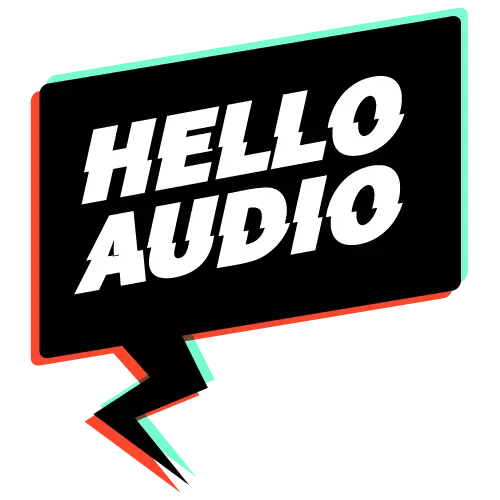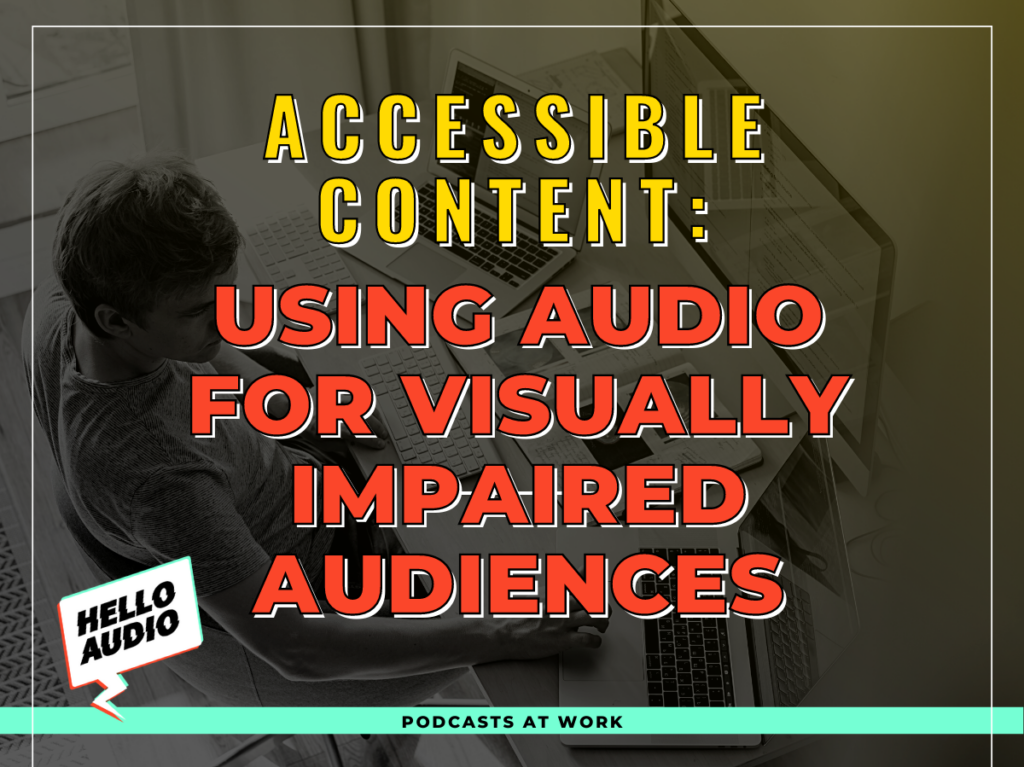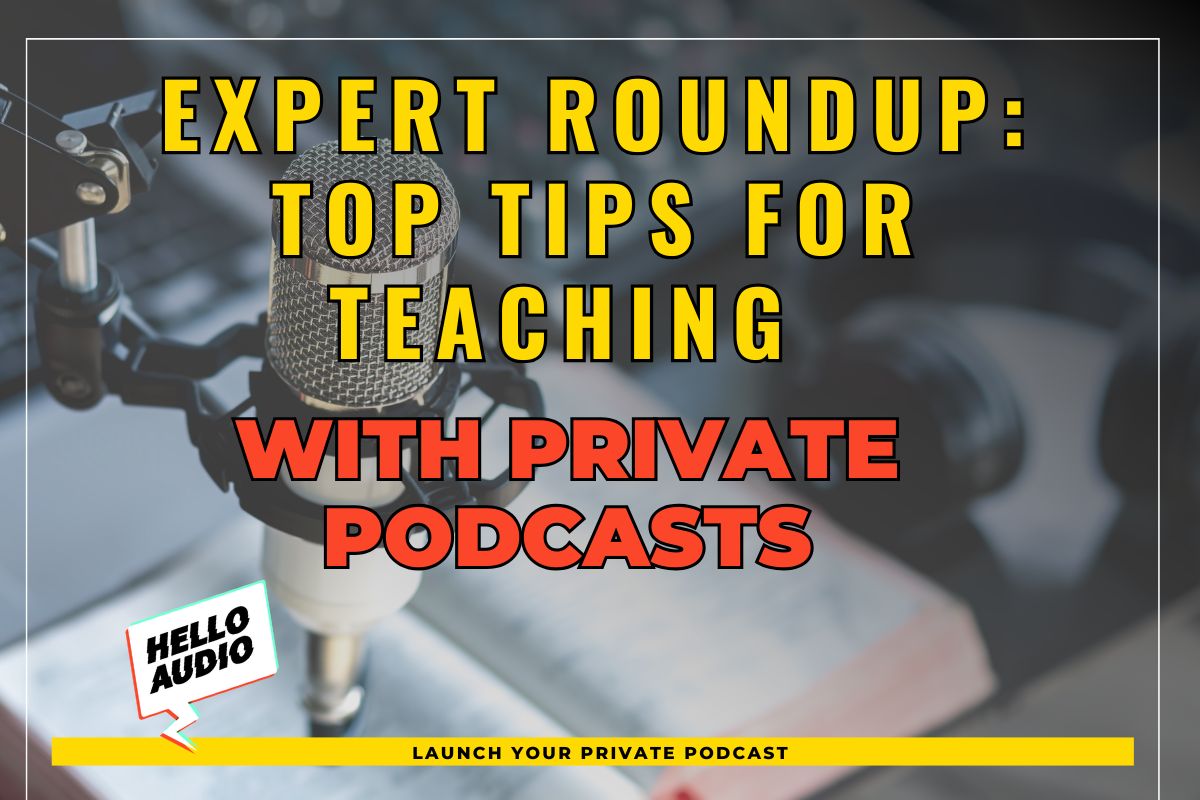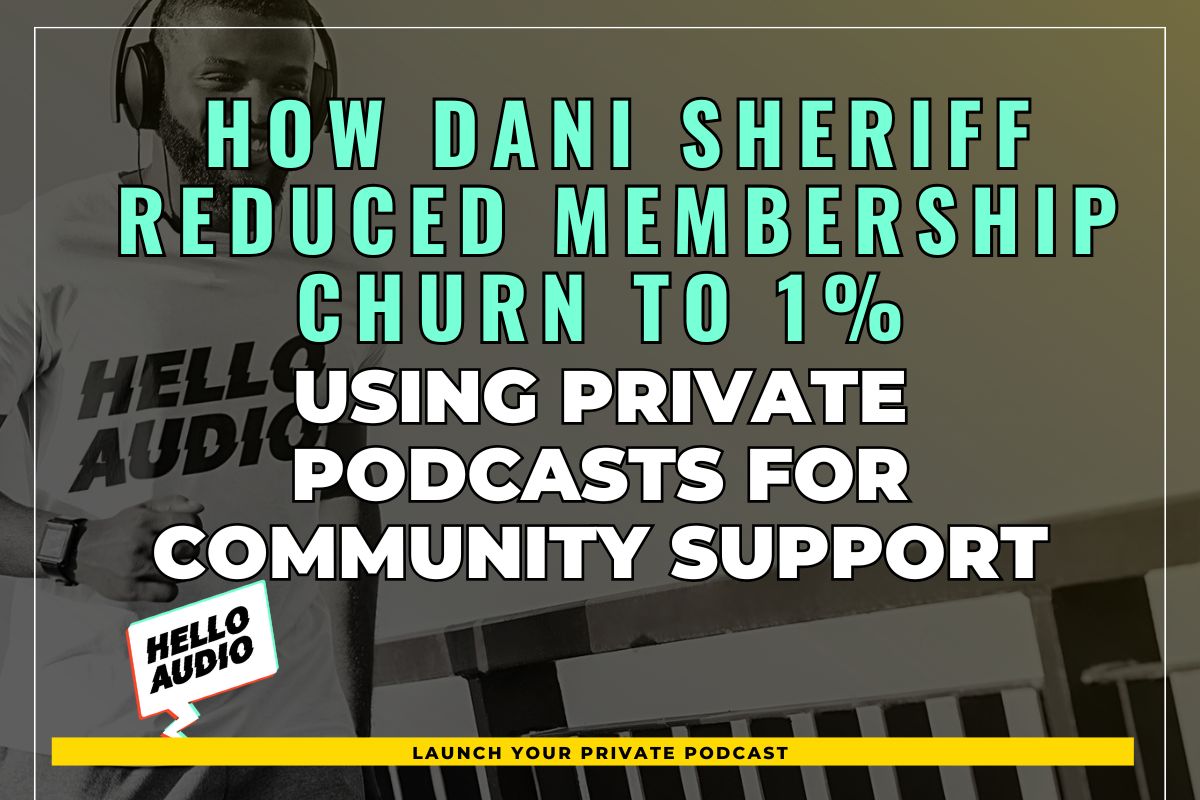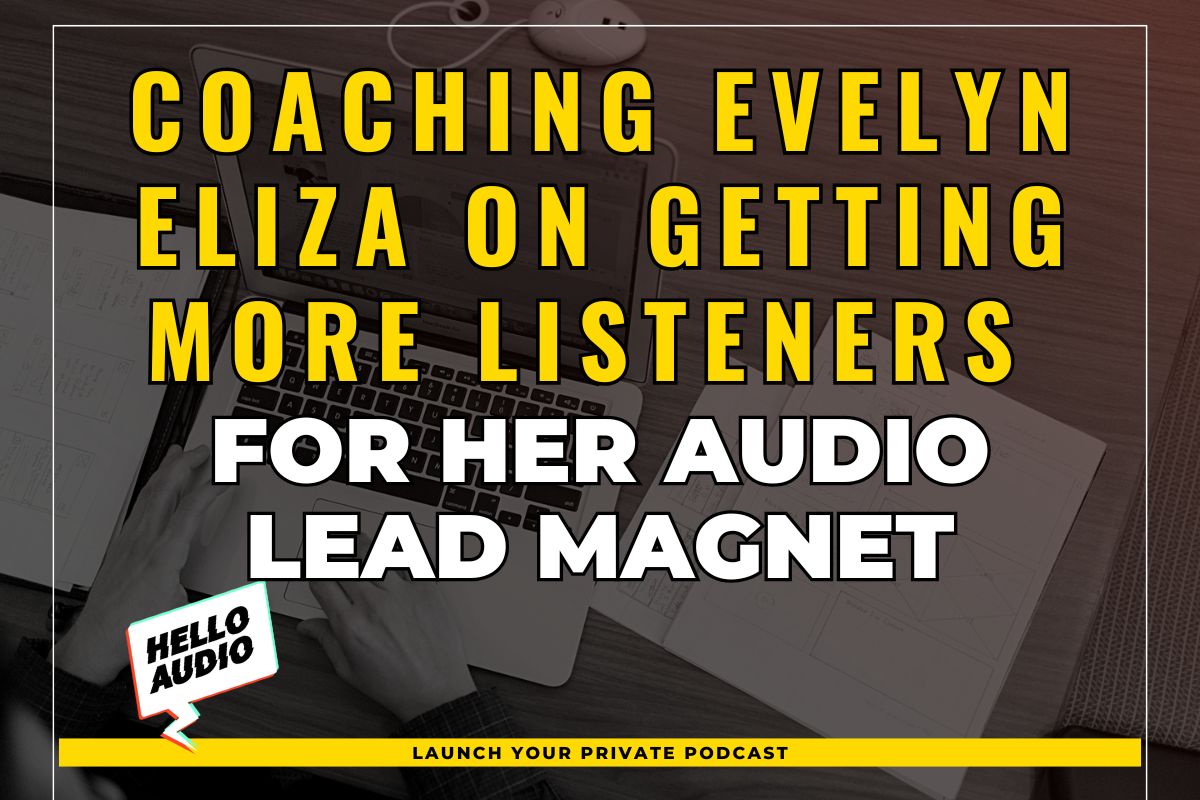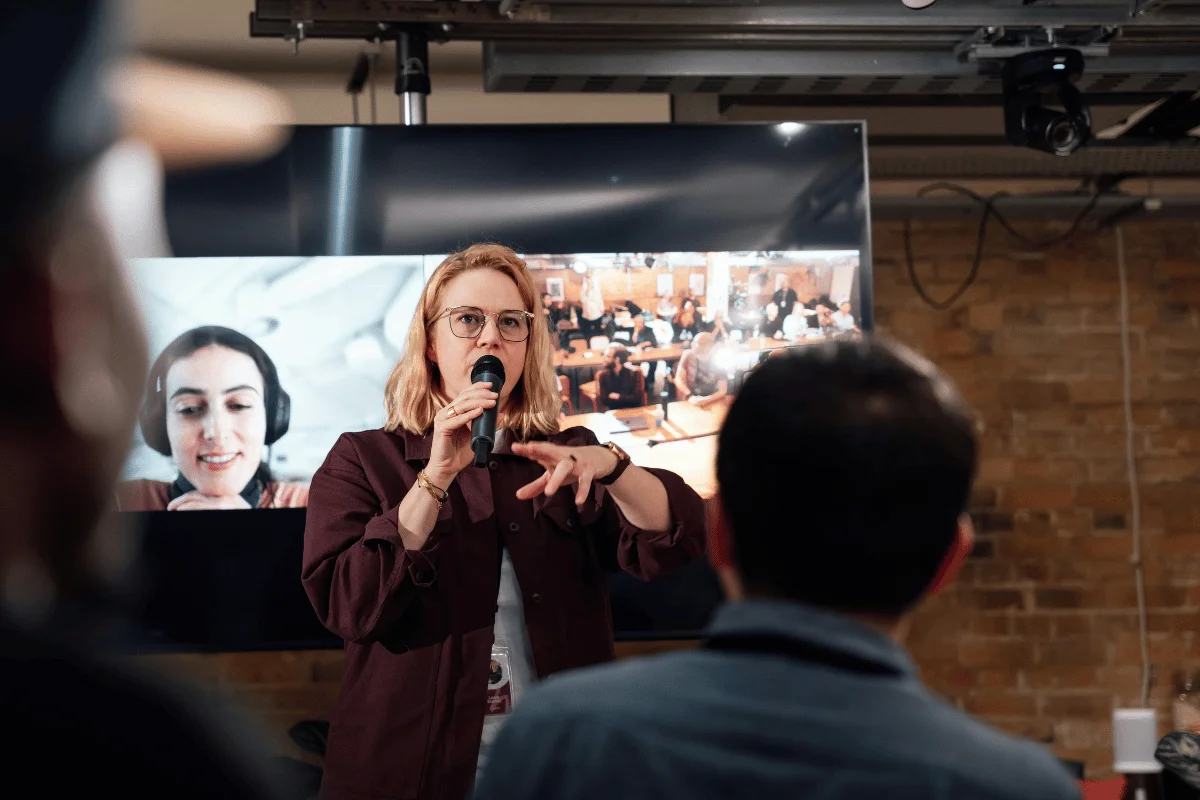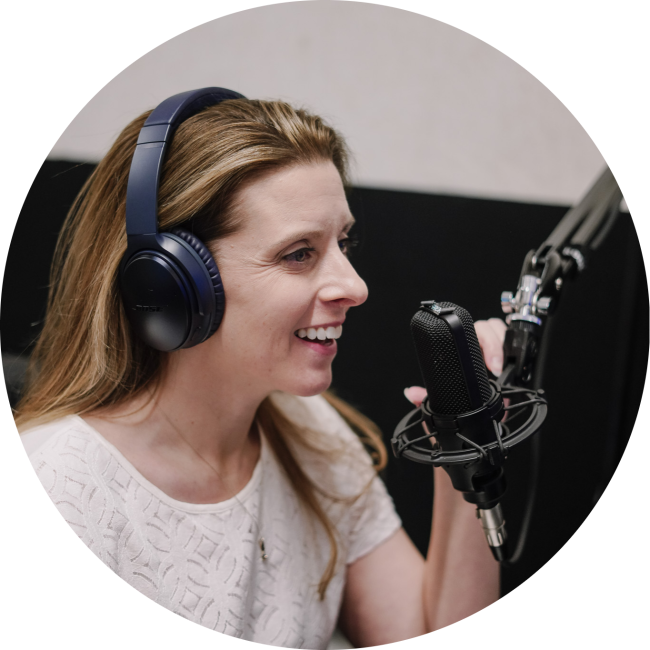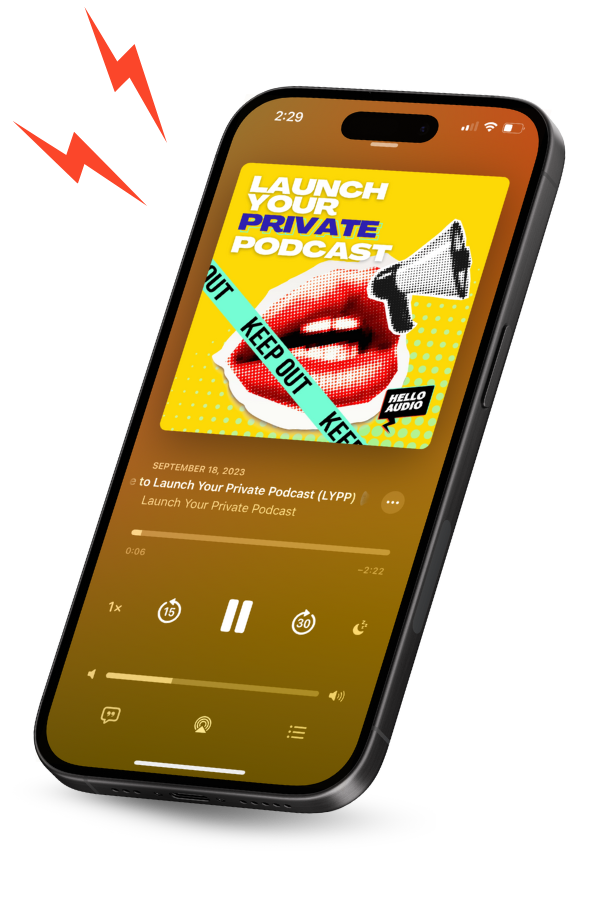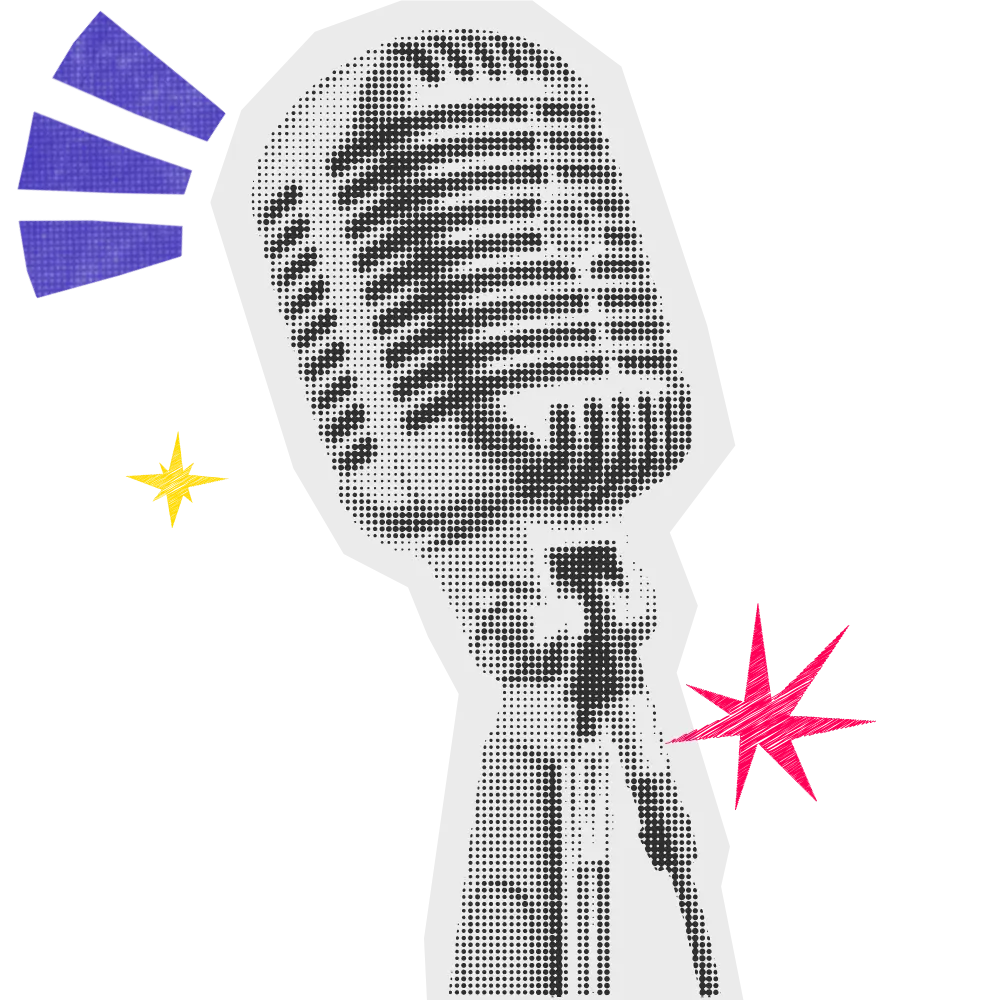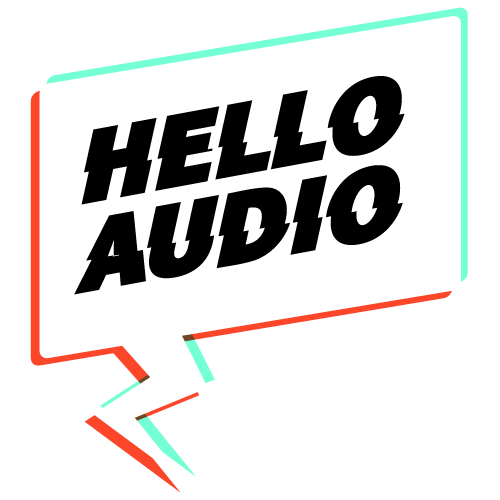Learn how audio can make your content more accessible for visually impaired audiences.
When it comes to online content, accessibility is becoming more and more important. And honestly, that shouldn’t come as a surprise. We live in a digital world, and removing barriers that prevent people from accessing and interacting with your content should be a priority.
We think the ADA put it best when they said, “An inaccessible website can exclude people just as much as steps at an entrance to a physical location.” Essentially, creating accessible content means that your message reaches more people.
As a podcast hosting platform, we’re particularly interested in using audio for visually impaired audiences. We’ll be real with you, audio isn’t the best option for those with hearing impairments. However, for those with vision disabilities, audio opens up an entire world of possibilities…if it’s done right.
If you’re looking to create a podcast for your audience, sign up with Hello Audio today. You can repurpose your existing content into private podcasts, which our platform automatically distributes to Spotify, Google Podcasts, and more.
READING TIME – 7 MIN
Accessibility for Visually Impaired Audiences
At the end of 2021, the World Health Organization said that there were at least 2.2 billion people worldwide with near or distance vision impairment. Sometimes these impairments are caused by uncorrected refractive errors, cataracts, age-related macular degeneration, or several other conditions. Regardless, vision impairment can have a severe impact on workforce participation and productivity.
That doesn’t mean, however, that those with vision impairments don’t want to learn new skills, start their own businesses, or participate in online communities. That’s where accessible content can play a pivotal role.
One of the most obvious ways to make your content accessible for visually impaired audiences is by offering it in audio form.
Create Accessible Content With Private Podcasts
Offering audio as a solution for those with visual impairments makes a LOT of sense. Many who are blind or partially blind already rely on screen readers to access much of the digital world. This form of assistive technology transforms text and image content into speech (and sometimes even braille).
Audio, and private podcasts in particular, can make your content more accessible in several ways:
- Repurpose Video Content Into A Private Podcast Bonus
Simply take the video content you have in your signature program or coaching experience and turn it into a podcast feed. That’s it! No technical hurdles or headaches required. Now your video content is available on the go from the podcast player of their choice.
- No Complicated Logins
Once a user has signed up for your private podcast, they’re not required to log in to a member area. They can simply open up their preferred podcast player and click play.
- No Searching For Where They Left Off
In the past, downloading audio files was a pain in the butt. First, you had to FIND where the audio file was saved. Then it was tricky to pause and restart since progress likely wasn’t saved. Most podcast players today, however, save listener progress, so it’s much easier to resume episodes and consume content.
- Less Screen Time
With podcasts, users aren’t even required to sit in front of their computers! They can easily use the screen reader options on their phone to locate their podcast player app and start listening.
The best part? You don’t always need fancy equipment to create your podcast. You can also record and publish your audio from your phone.
So, providing an audio version of your content (course, virtual event, newsletter, etc.) completely solves the issue…right? Well, not necessarily.
Optimizing Your Audio Content For Visually Impaired Audiences
It may surprise you to learn that not all audio content is accessible for those with visual impairments, at least not without a bit of optimization.
First, and perhaps most importantly, your podcast marketing strategy needs to be optimized for visually impaired audiences. There’s no point in crafting the ultimate accessible audio content if that audience never FINDS your content. That means making your landing pages, opt-ins, and images accessible for screen readers. The same thing goes for your social media.
If you’re looking for helpful resources, W3 WAI provides a good list of accessibility checks you can run for things like page titles, alt text, headings, contrast ratios, and more. Plus, Accessible Social has lots of resources on making your social media more accessible.
Second, be aware of your podcast music. While podcast music may set the tone or serve a narrative purpose, it can be disruptive for those with auditory processing issues (or for those who listen at speeds other than 1x). If it’s pivotal to your brand or the narrative of your podcast, try to play it alone with nothing over it.
Sidenote: If you feel your audio needs some editing, you can easily clean up your audio recordings to improve the quality of your podcast.
Third, be aware of accessibility features on the various podcast players your listeners may use. From the front-facing website to the actual media players, very few software programs are fully accessible at every step. However, if YOU can help your audience navigate these hurdles, it will make a big difference.
For example, Apple has several help docs that explain how to enable accessibility features on the iTunes desktop. Android phones have access to a feature called TalkBack, which allows users to interact with their device through touch and spoken feedback.
Use Hello Audio to Maximize Accessibility
There are several things you can do with Hello Audio to make the overall experience even more accessible for your users.
Once someone chooses to listen to your private podcast and provides their email address, they’ll automatically be sent a welcome email that gives them access. Since they likely use an email service that’s already friendly to screen readers, use this as an opportunity to discuss accessibility features.
That might mean providing specific help docs, walking them through media player features, etc. Whatever the case, check out our help doc for details on Customizing Email Text.
Another useful feature is Dynamic Content. This allows you to do things like create unique pre- and post-roll content. You can even tailor the conversation to each individual listener based on tags! That means you could create pre- and post-roll content specifically for members who are visually impaired. Plus, releasing dynamic content based on tags means you can omit that information for listeners who don’t need it.
Accessibility Efforts Benefit Everyone
It’s important to remember that making your content more accessible benefits your audience in several different ways.
For example, temporary environmental factors can influence the way someone might need to interact with your content. This is the case when someone needs to review a course video, but needs to do so while driving. Obviously, it’s not safe to watch a video while driving. Listening to the content, however, is much more practical in that particular situation.
The same goes for accessibility features designed for those who have hearing impairments. Captions and transcripts are useful in such cases and also when an environment must remain quiet and headphones aren’t an option (sleeping baby, office space, etc.). Many of us rely on voice assistants when we’re driving or when our hands are full.
The point is that the technology exists to make content easier to consume in a variety of situations. That’s why it’s up to us to make our content as accessible as possible.
Further Reading: How to Download Facebook Video & Audio Content
Audio Content is the Future
A study in 2019 found that over half of Americans are listening to at least one podcast show a month, and 93% of people who listen to podcasts listen to MOST or ALL of an entire episode. That is huge. However, making your content more accessible means there are even MORE people you could be reaching!
The opportunity here is incredible.
We’re still in the process of developing and implementing accessibility features. That being said, we would LOVE to hear from you about ways we can improve. Join our Facebook Community to connect with other users, ask questions, share ideas, and get updates on new features.
You already know you’ve got something important to share; otherwise, you wouldn’t be here. Let’s get your content into your audience’s ears as soon as possible. Start your free trial today and get all the support you need to improve accessibility, add value to content, and WOW customers.
Your audience is mobile, your content should be too

